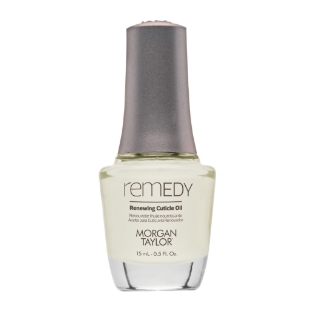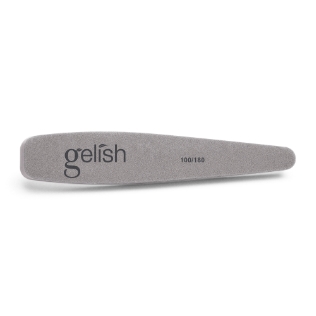Tips About Toenails
Ingrown toenails occur when the edge or corner of the toenail grows into the surrounding skin, leading to pain, swelling, redness and sometimes infection. This condition can be caused by various factors, including improper nail trimming, wearing tight shoes and trauma to the toe, as well as underlying health issues. When faced with an ingrown toenail, or even just the beginning of one, it’s always best to follow a few steps before taking any action:
1. Assess:
Carefully examine the client’s toenail to evaluate the condition. Look for signs of inflammation, infection and discomfort. If it just appears as though the toenail is pushing into the skin, but the skin is not broken or infected, you may continue with the service. However, if there are any signs of an actual ingrown toenail — and especially heat, redness and infection — stop what you’re doing and refer your client to a physician.
2. Care for Curvature:
If you can continue with the pedicure, it’s important to use the right tools. For clients with curved toenails, you can help prevent future ingrown toenails by trimming the side of the nail with a flat-edge nipper. Ingrown nail files are also excellent for smoothing a nail’s curved edge, thanks to their fine grit.
3. Keep Cuts Straight:
Toenails should be cut and filed straight across for clients prone to ingrown toenails. This allows the nail to grow out straight. However, if the corners are too sharp, they can cut into the skin, so you can carefully soften those edges.
4. Keep Skin Hydrated:
Dry skin surrounding the nail can exacerbate nails prone to becoming ingrown, so make sure to keep the skin and cuticles hydrated. Regular exfoliation can also help keep dry skin at bay.
5. Educate Your Client:
Take the time to educate clients about proper nail care practices, including how to trim their nails correctly: straight across and not too short. Encourage your client to wear properly fitting shoes (nothing too tight or narrow) that could push the toenails into the skin.
When to Refer to a Doctor
Remember, nail professionals are not doctors, and your job is to care for healthy feet and nails only. If you’re ever unsure whether or not to work on a client’s feet, err on the side of caution. Certainly, if your client displays signs of infection, such as redness, swelling and pain, you must not continue. However, even if she’s experiencing mild discomfort or is having trouble putting pressure on her toe, it’s probably best to still avoid the service. Getting to know local podiatrists in your area that you can refer clients to is a great way to create a trusting relationship with your clients. And once they get the seal of approval from that physician, you know you can work on their toes again without any worry!
Get The Products
 Morgan Taylor Remedy Cuticle Oil
51018
Morgan Taylor Remedy Cuticle Oil
51018 100/180 Buffer
01210
100/180 Buffer
01210




